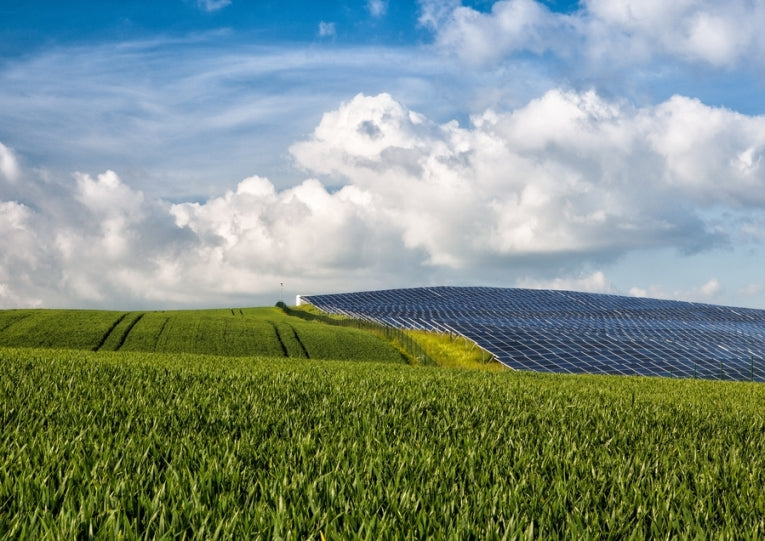The water crisis doesn't affect everybody. In the poorest nations and the most rich, however, drought is biting hard. While those with electricity grid systems that cope with varying demand can go further with photovoltaic assemblies, many countries need to use solar power now, and also in emergencies. The nations who can benefit most from recent solar still developments are basically poor, but that hardly matters when you are thirsty. Business interests both large and small could apply these new and not-so-new technologies almost anywhere now. People need development like this.
The Massachusetts Institute of Technology know that bottled water, made from sea water using solar stills is a fairly obvious solution when the ocean or even a Dead Sea, is at hand. The MIT's Field and Space Robotics Lab. (FSRL) has a literal "solution" of 99% pure water that can be deployed rapidly. It uses reverse osmosis that forces seawater through a polymer membrane so that minerals are removed. Professor Steven Dubotsky and two colleagues built a prototype in 2010 which was capable of 80 gallons of drinkable water per day, while a "big" $8 version could manage 1000 gallons. The idea is that a large cargo plane could transport 24 units, enough for 10,000 people.
With Professor Anwar Sheikh of The King Fahd University of Petroleum and Minerals in Saudi Arabia, MIT's personnel have been working on ensuring that standard parts can be used in construction and that they can be put together in hours. The extra factor needed for such devices is their availability over a range of solar conditions. Leah Kelley explained how sensors could inform all operators when changes have to be made. "If it's very sunny, the system will work faster and produce more water, but even when it's cloudy, it will still produce water."
The solar still system is therefore a turnkey operation, meaning almost anybody can use it. It's also very robust and has now been adapted for use in higher temperatures and in the typical desert dust storms. Now, this year, it has been tried in the Yucatan Peninsula, where semi- desert conditions also prevail.
A 1000 litre system was used for 4 months there, sponsored by the Kellogg Foundation and a Mexican company known as Fondo Para la Paz. Because communities only have intermittent access to brackish water, such systems can be used to clean up this source and make it drinkable. With gathered rainwater needing to be boiled, the new system is a great boon, with communities training up to handle filters and other replaceable parts and chemicals.
The main problem was a shortage of the source water, trucked in from wells. The delivery was only twice a week while the system needs to operate on a continuous basis. If only every region had a modern grid system that could apply the power of wind and solar assemblies, then water could be pumped, cleaned and provided cheaply and easily. But ask California about their supplies of water!










